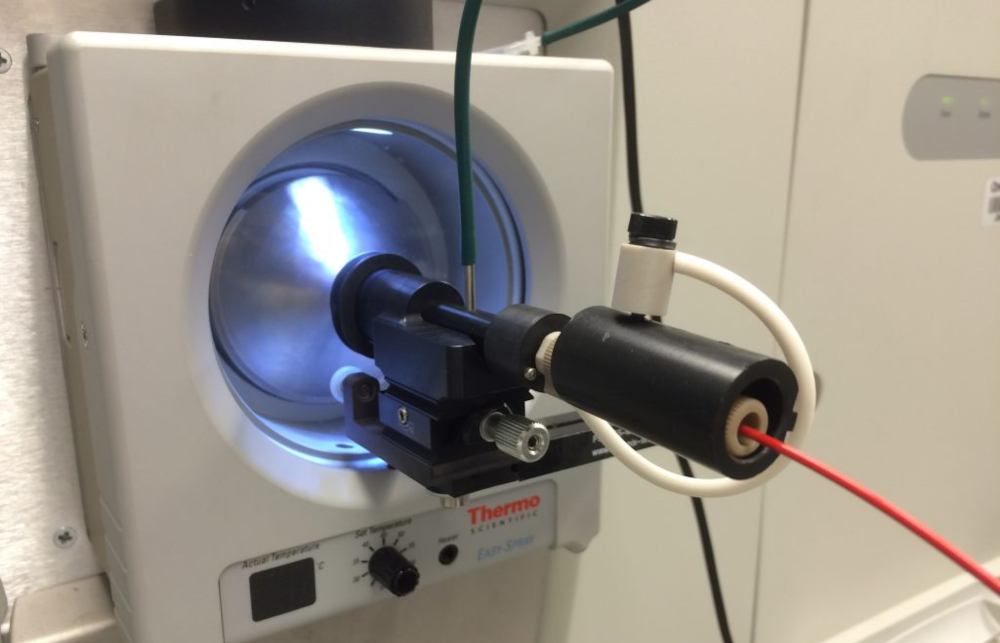Two research initiatives have resulted in new methods for measuring THC in cannabis plants and in downstream edibles that can help to clear a logjam in testing and reduce the cost of chemicals required for analysis going forward.
The two techniques allow labs to obtain precise measurements quickly and easily, overcoming a lack of personnel, instrumentation, and protocols in certified testing laboratories, according to the U.S. Justice Department’s National Institute of Justice (NIJ), which provided $400,000 in funding to develop the tests.
The research resulted in methods to isolate the content of THC and other cannabinoids through “gas chromatography-mass spectrometry” (GC-MS) and “direct analysis in real-time high-resolution mass spectrometry” (DART-HRMS).
Tests jammed up
Development of the tests was spurred by crime lab backlogs that have built up since hemp was federally legalized under the 2018 Farm Bill, complicating cannabis-related cases, according to the NIJ. The law technically defined industrial hemp as cannabis that expresses 0.3% THC or less.
As a result of the Farm Bill, forensic laboratories must measure the exact amount of THC in seized evidence to differentiate hemp from marijuana. In 2022, more than 10% of all submissions to crime labs were to determine marijuana versus hemp, NIJ said.
Historically, most forensic laboratories have used qualitative tests on cannabis samples seized by law enforcement. Labs could confirm micro- and macroscopic plant features, screen for THC through a colorimetric test, through various gas chromatography techniques, or thin-layer chromatography. But none of those tests can measure the exact amount of THC present in a sample.
Methods defined
The GC-MS method, developed at the National Institute of Standards and Technology (NIST), can measure exact cannabinoid levels in cannabis plants. NIJ said the methodology has already led to the creation of new standard operating procedures for labs, and the results have been incorporated into training practices for the Montgomery County Police Department and Maryland State Police.
The DART-HRMS method was developed by a team in the Department of Chemistry at the State University of New York at (SUNY) Albany. It not only proved feasible in measuring cannabinoid content in cannabis plant material, but also was able to isolate THC and other substances in baked goods, candies and beverages “with minimal pre-treatment steps.”
U.S. Customs and Border Protection (CBP) and the U.S. Drug Enforcement Administration have both been searching for methods that can be used in portable analyzers to distinguish between marijuana and hemp.
Industrial hemp advocates have been pushing to raise the current 0.3% limit for THC to a full 1.0%. In addition to relieving farmers from the worry that their crops will go “hot,” or over the THC limit, such an increase could lead to more research and development of specialized cultivars for fiber, grain and flowers. It would also make CBD production more efficient because CBD rises in hemp plants in direct proportion to THC.

